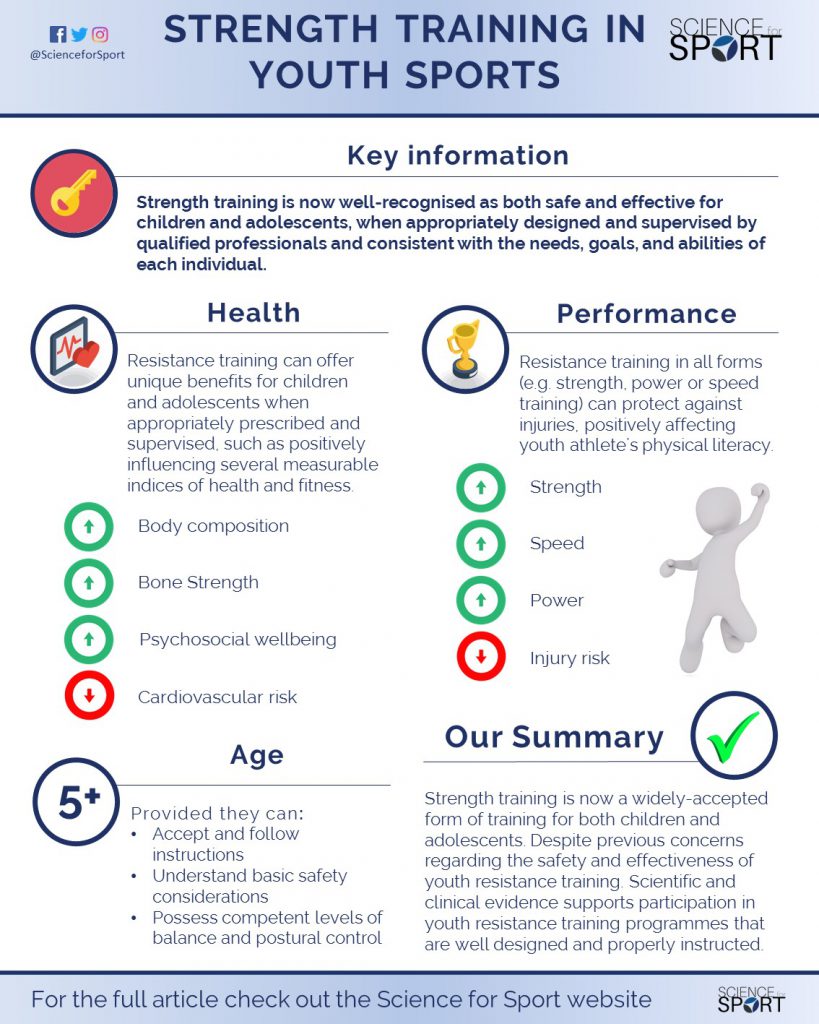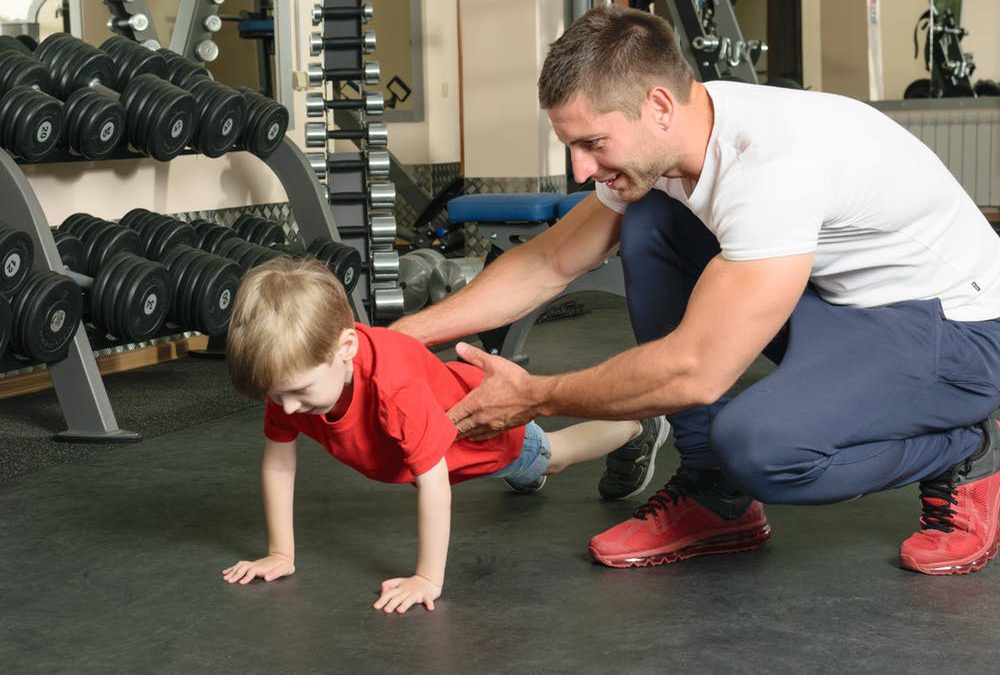There has long been a bad reputation of resistance training with young children, with claims that it will stunt the growth of the individual and is too dangerous for children. However, multiple researchers have found that this is ultimately not true, and the chance for an injury to occur is similar to those of any other age.
How can it be helpful?
Resistance training can help develop a child’s overall strength, limb mobility and joint stability, motor control and most importantly injury prevention, while also teaching them fundamental movement patterns they will use in not only sports but also in life.
What does the governing body say?
The Australian Strength and Conditioning Association [ASCA] have stated that if a child is ready and able to participate in any structured and organised sport then they would generally be ready to start resistance training. The position stance that is held by ASCA is that the youngest a child can begin supervised resistance training is 6 years of age. However, they do state that it is dependent on the individual as they must be able to understand and follow directions and instructions to be able to safely perform resistance training.

The position stance of the ASCA can be found in the link below, it provides information on when a child can start resistance training, as well as providing types of exercises and intensity for training programs.
Which exercises are best?
It’s important to know that resistance training comes in many forms, with external loads including ones own body weight, resistance bands and weights. As with everything, it is important to learn fundamental movements before looking to go into a weights training program. Core exercises are a great place to start for adolescents as it is the number 1 way to prevent injury for anyone.

